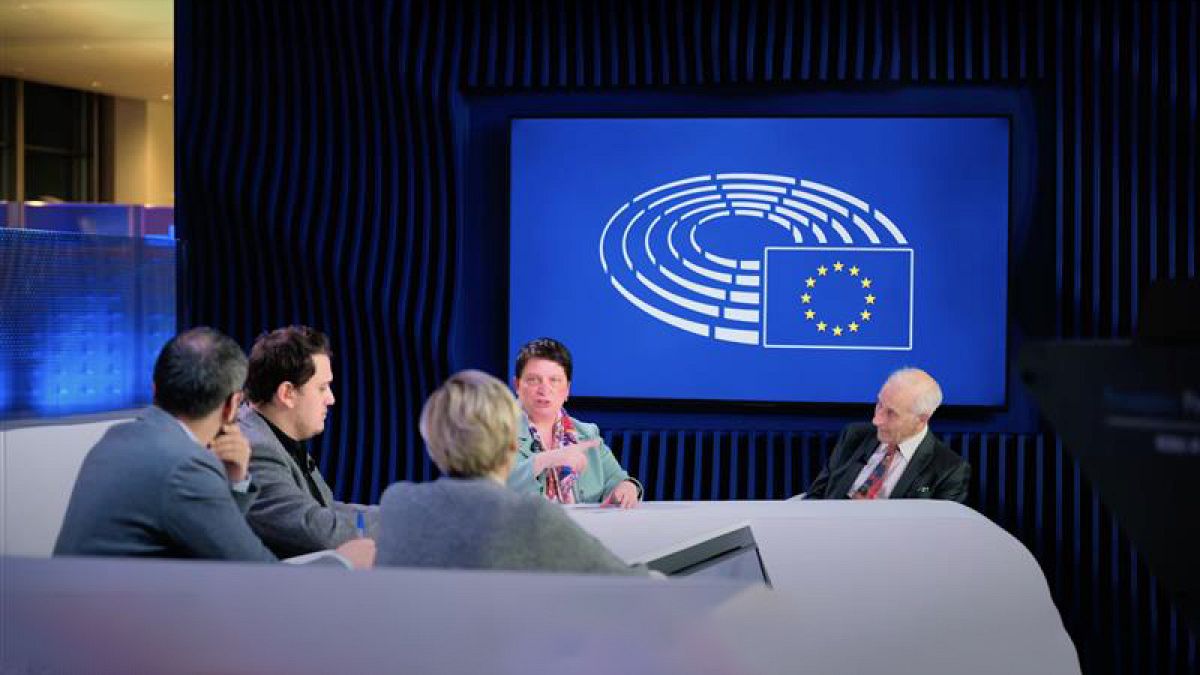Watch the highlights of our live debate in the video above to learn more about what needs to be done to accelerate research on rare diseases and development of treatments. You can also watch the full replay in the video below.
Millions of Europeans are living with rare diseases for which no treatment options exist.
Out of the 6,000 to 7,000 identified rare diseases, 95 per cent do not have an approved therapy, and research is not ongoing for most of them.
The Rare Disease Moonshot project was created to find solutions to accelerate this research and increase partnerships between the public and private sectors.
One of the ways to make it happen is to defragment the field of investment towards the treatments, which is an objective of the initiative.
Magda Chlebus, Executive Director of Scientific and Regulatory Affairs at the European Federation of Pharmaceutical Industries and Associations (EFPIA), listed the major challenges to achieve this goal: “science and translational research capabilities”, “regulatory and access barriers”, and the need for a “proper incentives ecosystem”.
During the debate, our panellists discussed how to find solutions to overcome these barriers.
Public-private partnerships
Daria Julkowska, Assistant Director at the French National Institute of Health and Medical Research (INSERM) and coordinator of ERDERA, mentioned that opening conversations between actors from different sides of the industry was crucial to make advancements.
“None of us has it all,” confirmed Magda Chlebus, saying that every actor has something different to bring to the table, including science, know-how, or infrastructure.
Breaking silos
For Graham Slater, Board Member of the European Organisation for Rare Diseases (EURORDIS), one of the issues is that some of the health industry is still working in silos.
“There’s a lot of evidence to suggest […] that silo mentality will not work,” he said. Then adding that “it is very important that we bring as many of the disciplines, the groups of people, and the stakeholders together”, and do so at the earliest possible stage to avoid rework.
Manufacturing and investing in Europe
The need for public-private partnerships is especially crucial within Europe. Vlad Voiculescu, Member of the European Parliament for Renew Europe, identifies competitiveness as a pillar to build such a strategy.
“Pharmaceuticals and medical equipment are some of the sectors where Europe is still competitive,” he said. “We need to encourage that competitiveness. For that, research and innovation in Europe is essential.”
Competitiveness requires investment to exist. For Daria Julkowska, research still lacks appropriate funding, and partnerships can be an efficient way to increase it.
“We still can optimise the public investment,” she said. “The public-private collaborations and partnerships are also there to help.”
“Maybe this is where there is still a gap. Maybe we need more support to be able to shift from the good public funding to private industry investment, where the risking part is still being abandoned.”
Our panellists:
Magda Chlebus, Executive Director of Scientific & Regulatory Affairs, EFPIA
Daria Julkowska, Assistant Director, INSERM
Graham Slater, Board Member, EURORDIS
Vlad Voiculescu, Member of the European Parliament, Renew Europe
Moderator: Gerardo Fortuna, EU Policy Reporter, Euronews
Checkout latest world news below links :
World News || Latest News || U.S. News
The post Innovating for impact: Shaping the future of rare disease treatment appeared first on WorldNewsEra.

